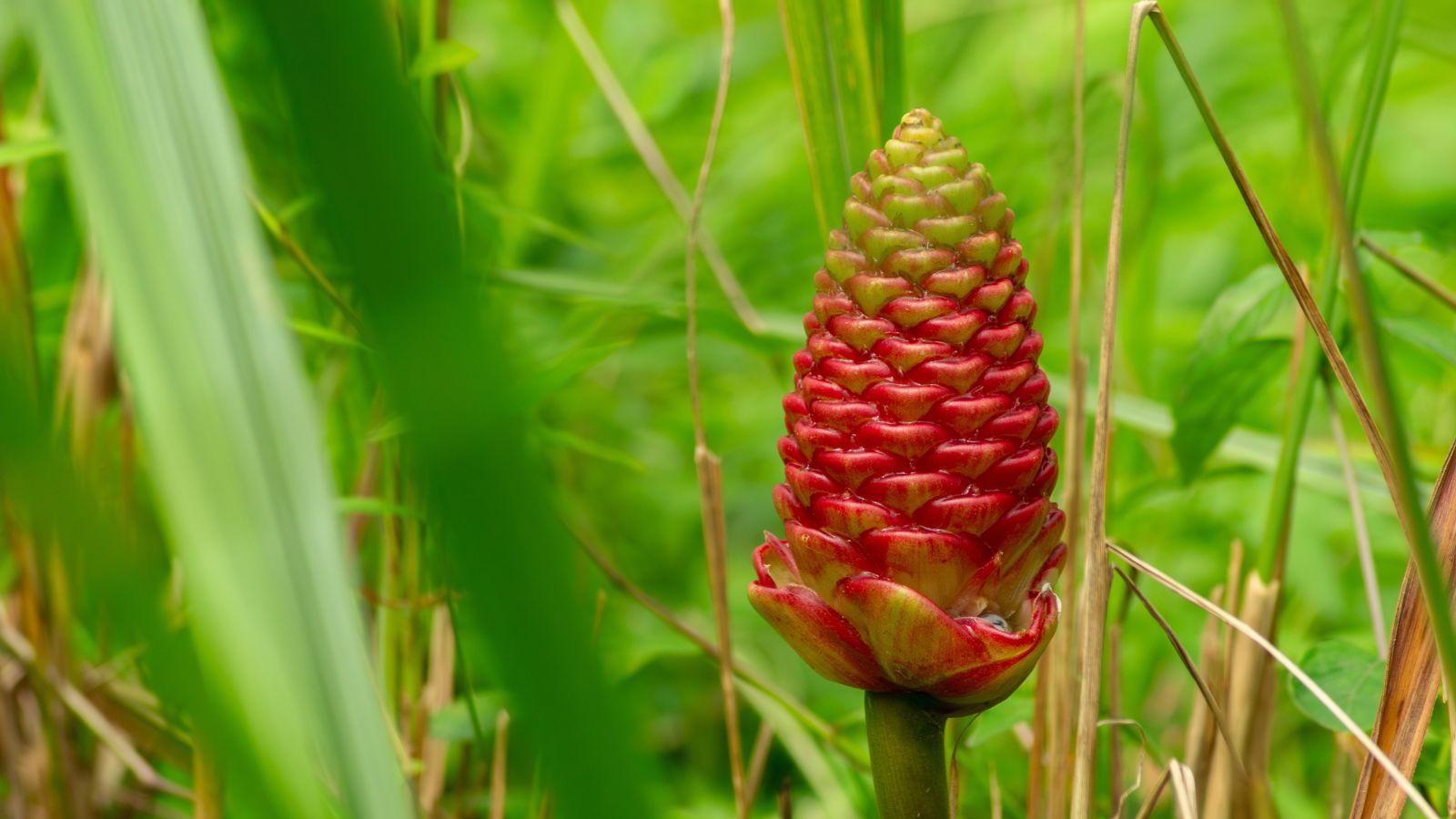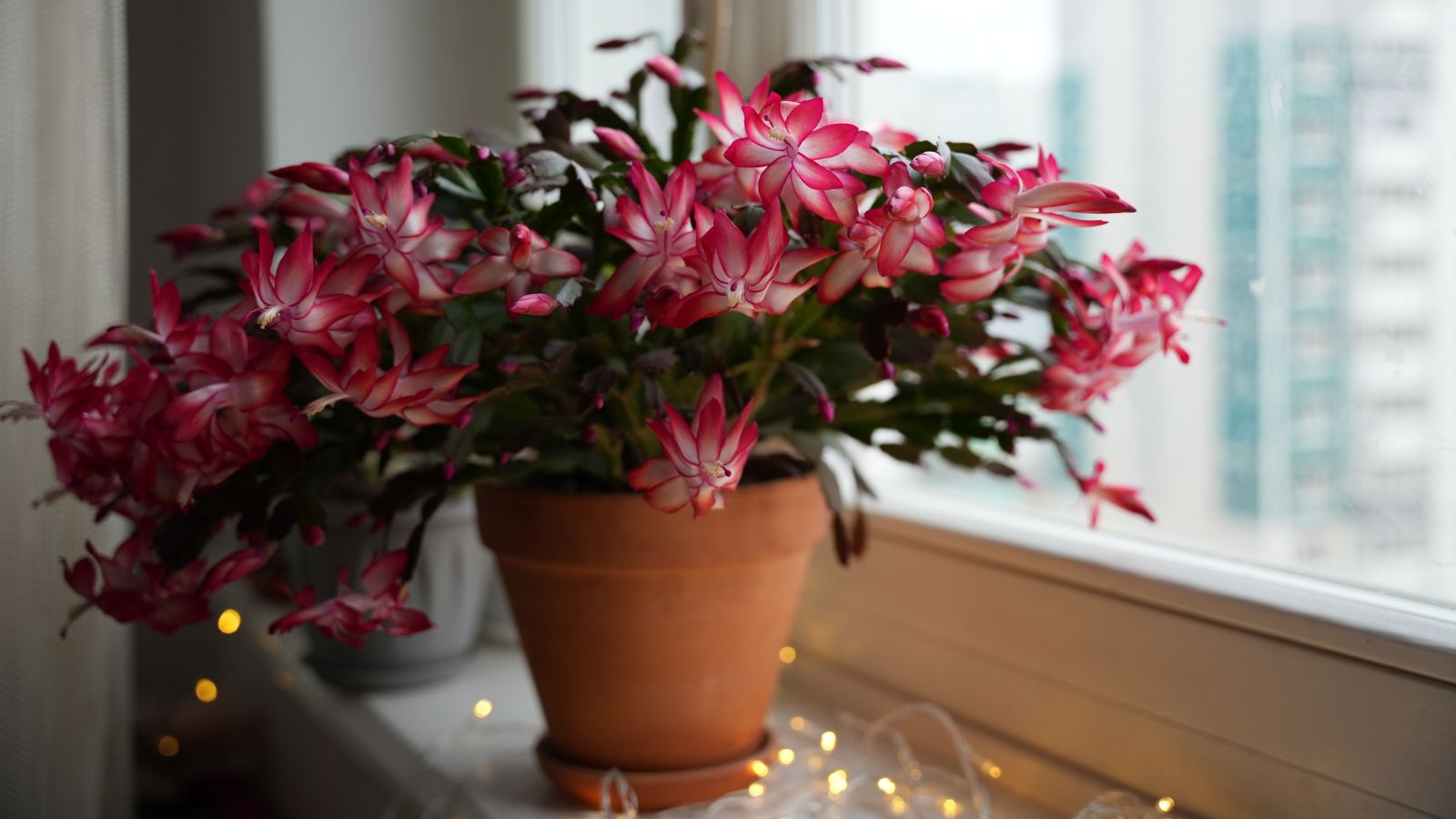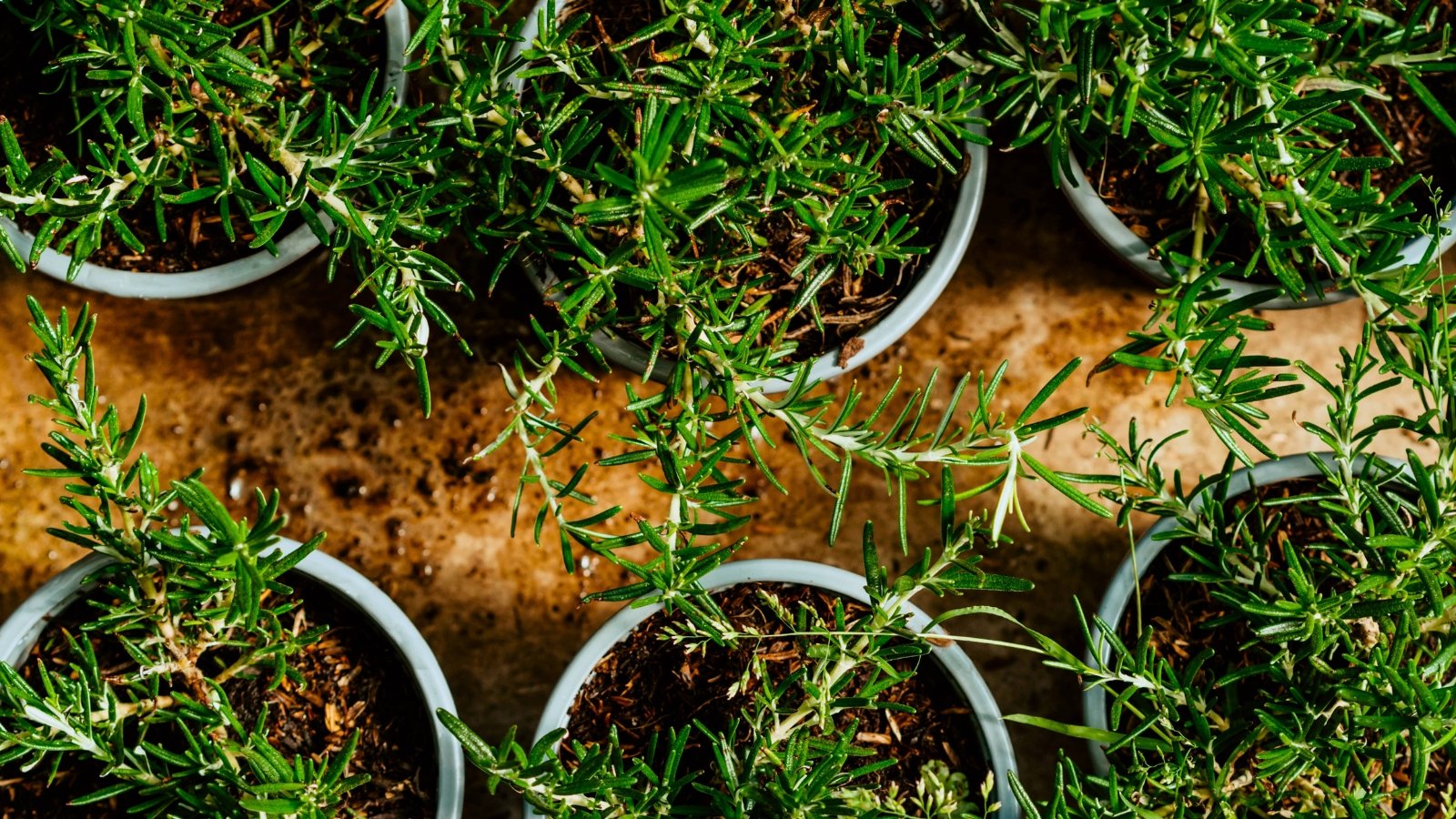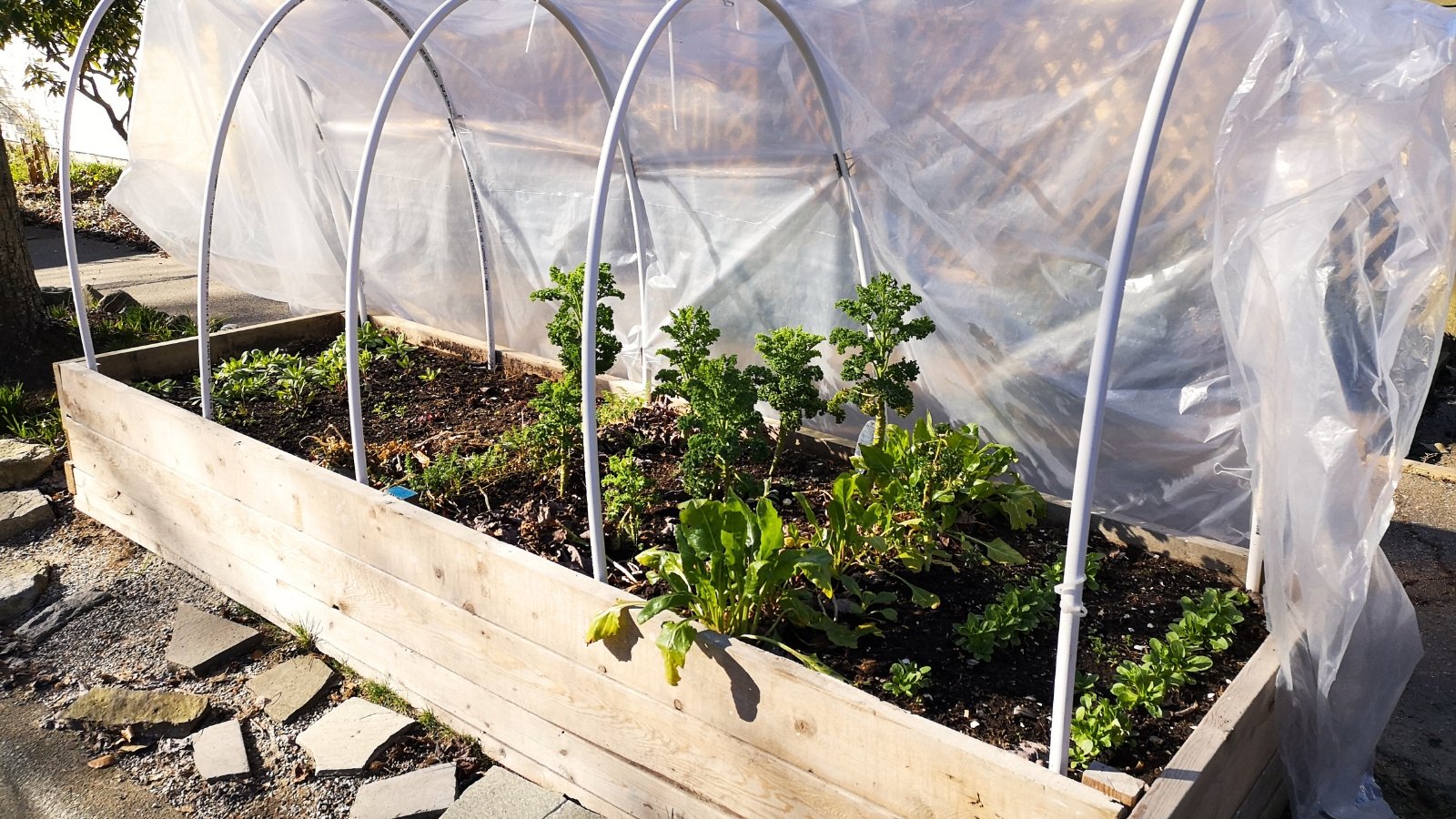PROTECT YOUR DNA WITH QUANTUM TECHNOLOGY
Orgo-Life the new way to the future Advertising by AdpathwayIf you’re looking for a magnolia tree that can handle the cold, this Japanese native is the perfect pick. It is low-maintenance, widely adaptable, and hardy down to a whopping -30°F (-34°C)! Unlike its southern magnolia relatives, star magnolia trees are hardy to zone 4 and come from mountainous regions.
Growing up in tropical zone 11, I had no idea how beautiful any of the magnolia trees were. Certainly, I had seen photos of their large, creamy white blooms, but without seeing one in person, it’s hard to grasp the true beauty of a plant. When in college in North Florida, I first encountered the Japanese magnolia. I was smitten from the first look.
One smaller subset species worth adding to the garden is the star magnolia tree or Magnolia stellata. Here’s how to grow this showstopper!
Magnolia stellata ‘Star Magnolia’ Overview

|
Plant Type Deciduous tree Family Magnoliaceae Genus Magnolia Species Stellata |
Native Area Honshu, Japan Exposure Full sun to partial shade Height 10’-25’ Watering Requirements Average |
Pests & Diseases Scale insects, coral spot, honey fungus, phytophthora root rot Maintenance Low Soil Type Loamy, rich, well-drained, slightly acidic Hardiness Zone 4-9 |
What is a Star Magnolia Tree?
 Japanese magnolia species tolerate cold better than evergreen types and thrive in more climate zones.
Japanese magnolia species tolerate cold better than evergreen types and thrive in more climate zones.Japanese magnolias are wonderful blooming trees that prefer mild climates. They are more cold-tolerant than the evergreen types, so you can grow them in a wider range of climate zones.
These deciduous trees produce incredibly beautiful flowers in spring, soft, attractive foliage in summer, and they even offer a bit of fall color. They are relatively easy to care for and require only a modicum of maintenance once established.
Characteristics
 Flowers measure one to four inches, usually white, occasionally yellow or pink, with elongated straplike petals.
Flowers measure one to four inches, usually white, occasionally yellow or pink, with elongated straplike petals.This star of the garden is a flowering deciduous small tree or large shrub. Compact varieties of star magnolia trees may only reach 10 feet tall, while standard types may grow up to 25 feet at maturity. They are moderate growers, putting on between one and two feet per year, depending on their environment.
In general, Japanese magnolia species are spring bloomers, though they vary by species. Star is an early bloomer, beginning in February, depending on the climate. The colder the climate, the later they bloom, up until about April. The flowers open from soft, fuzzy buds and look like large, white stars, which is where this species gets its name.
The flowers are between one and four inches across and are usually pure white. A couple of cultivars have yellow undertones, and some have a touch of pink. Depending on the variety, they have between 7 and 30 petals and a light, pleasant fragrance.
Rather than the rounded, tulip shape of other plants in the genus, these have elongated, straplike petals. Orange fruit cones develop over the summer and provide food for birds in the fall.
They can have one or multiple trunks, depending on how you prune them while young. In general, they have more branching than other Japanese cultivars. The bark is attractive, lightly textured, and silvery gray. The foliage is soft and oblong. It changes to bronze in the fall, but it’s not particularly noteworthy in contrast to the spring blooming habit.
Native Area
 This tree originates from Honshu, Japan’s highlands, with cold winters and heavy snowfall in mountainous areas.
This tree originates from Honshu, Japan’s highlands, with cold winters and heavy snowfall in mountainous areas.Star magnolia trees are native to Japan, where they grow in the highlands of the island of Honshu. This part of the world has cool summers, cold winters, and quite a lot of snowfall. It’s a mountainous region, and higher elevations experience a greater fluctuation in climate. This species came to America in the 1860s.

Planting
 Plant while dormant in late winter; choose sheltered spots, water thoroughly, and amend soil with compost.
Plant while dormant in late winter; choose sheltered spots, water thoroughly, and amend soil with compost.The ideal time to plant a star magnolia tree is while it is still dormant. In late winter, before the buds break, dig a hole that is two to three times the width and as deep as your root ball. Choose a location with some shelter from the wind, as a late frost with strong winds can harm developing buds.
Water the tree well before planting to hydrate it, which reduces shock. It’s a great idea to amend your soil with compost to give it an extra boost from the beginning. Position your root ball in the hole and backfill, then water it thoroughly.
For the first three to six months, water it two to three times per week. Once established, continue to water weekly in the absence of rain for the next two years. Applying a layer of mulch around the base will help hold in moisture, which magnolias appreciate. Leave some space around the trunk to avoid fungus and pest infestation.
Growing From Seed
 These seeds require cold stratification for two to three months before sowing directly or in containers.
These seeds require cold stratification for two to three months before sowing directly or in containers.Although it’s not the favored method of propagation, you can grow star magnolia trees from seeds. They germinate well as long as you follow the proper steps:
1. Harvest seeds from your chosen plant in the fall when they mature, and extract them from the seed pod.
2. These seeds require a period of cold, so either plant them in the fall or stratify them indoors over the winter. Place them in a container of moist sand and put them in the refrigerator for two to three months.
3. Soaking the seeds isn’t imperative if you’ve stratified them, but it will not harm them.
4. Sow the seeds in a pot or directly in the ground. Growing them initially in a container gives you more control, so I recommend this method. Place them about 1/4 inch deep.
5. Place your container in a spot with bright but indirect light. Keep the soil moist, but don’t allow it to become soggy.
6. Transplant to a larger pot as needed, and keep it in the container until the following winter, when you can plant it in the ground.
How to Grow
 A newly planted magnolia needs attention for root establishment; afterward, they’re low-maintenance and provide long-lasting beauty.
A newly planted magnolia needs attention for root establishment; afterward, they’re low-maintenance and provide long-lasting beauty.Initially, your star magnolia will need some attention to establish those roots. Once that happens, this low-maintenance plant will bring years of enjoyment with very little effort.
Light
 They need full sun, except in hot climates where afternoon shade prevents foliage burn.
They need full sun, except in hot climates where afternoon shade prevents foliage burn.Full sun is the general exposure requirement for this species and other Japanese magnolias. They grow and flower best with six to eight hours of sun daily.
The exception to this is in the southern reaches of their range, where summers can be intensely hot. In these areas, a bit of shade in the afternoon will save it from foliage burn.
Water
 Water every two to three days initially, then weekly for two years; deep watering encourages root growth.
Water every two to three days initially, then weekly for two years; deep watering encourages root growth.As I mentioned above, your newly planted tree will need regular watering. Water every other to every third day for the first three to six months. Consider rainfall, as you don’t want to end up with swampy soil, which can lead to root rot.
For the first two years after that, make sure it gets water once weekly. If that comes in the form of rain, you don’t have to give additional water. When you water, water deeply, allowing it to soak the ground and help the roots move deeper.
Once established, these are quite drought-tolerant. I have an eight-year-old tree that requires little to no attention for 11 months out of the year.
Soil
 The ideal soil includes nutrient-rich, slightly acidic loam with sand and clay.
The ideal soil includes nutrient-rich, slightly acidic loam with sand and clay.They are flexible in terms of soil composition. Heavy clay soil may present a problem, but it’s nothing that amending with some compost and sand can’t remedy. Test your soil’s pH before planting, as alkaline soil won’t support this tree well.
The ideal soil for your star magnolia tree is nutrient-rich, slightly acidic, and a mix of sand, clay, and loam. Loosen compacted soil to help with root development. They are not salt-tolerant, so they don’t grow as well in coastal areas, sadly.
Temperature and Humidity
 It tolerates extreme temperatures from -30°F to 95°F but needs extra water during heat waves.
It tolerates extreme temperatures from -30°F to 95°F but needs extra water during heat waves.Star magnolia trees are tolerant of a wide range of climates and temperatures. They are cold-hardy down to -30°F (-34°C) and also easily handle temperatures up to 95°F (35°C). I have seen issues with leaves drying and falling when we experience an extended heat wave, but they usually rebound as the weather returns to normal. Giving some extra water during these times will help.
They tolerate humidity well, although they don’t need an exceptional amount. They are happiest in a range of 30-50% humidity. If you’re growing this indoors as a houseplant, a bit more humidity is ideal, somewhere in the range of 40-60%.
Fertilizing
 Fertilize only if the soil lacks nutrients; compost and mulch improve soil texture and maintain slight acidity.
Fertilize only if the soil lacks nutrients; compost and mulch improve soil texture and maintain slight acidity.Fertilizing is not imperative as long as the soil is acidic and rich in organic matter. Top dressing with compost and mulch in the fall will help keep the soil loose, rich, and slightly acidic. If the soil is too alkaline, you’ll need to fertilize more often.
If the soil is in an ideal state, you can fertilize once in the winter before the plant flowers. Use either a balanced formula of 10-10-10 or one for blooming trees with higher levels of phosphorus and potassium.
Maintenance
 Once established, Japanese magnolia species need minimal watering, fertilizing, and pruning. Their self-cleaning blooms require no deadheading.
Once established, Japanese magnolia species need minimal watering, fertilizing, and pruning. Their self-cleaning blooms require no deadheading.These are low-maintenance trees once established. They are self-cleaning, so they don’t require deadheading. They also require little additional water and fertilizer after the first two years. Japanese magnolias don’t require yearly pruning, and in fact, you should avoid pruning if possible.
These trees grow in a naturally balanced and attractive shape. Too much pruning will disrupt this shape and can lead to water spouts and other oddly shaped and placed branches.
While young, you can prune off the lower branches if you want more of a tree shape. For a shrubbier plant, don’t worry about pruning unless you see dead or diseased branches and foliage. If you need to remove crossing branches or water spouts, do so right after it finishes blooming.
Propagation
 Propagate in the spring by stem cuttings or layering; cuttings flower earlier than seeds.
Propagate in the spring by stem cuttings or layering; cuttings flower earlier than seeds.Star magnolias are most commonly propagated in the spring, with stem cuttings. When you grow them from seeds, the germination rate is unpredictable, and you’re unlikely to see flowers for quite some years. Those propagated from cuttings can flower in as few as two years. You can also propagate by layering, which achieves a similar timeline to propagation from cuttings.
To take cuttings, you’ll need a clean, sharp pair of loppers of hand shears, a medium-sized nursery pot, some rich potting soil, a jar of water, and rooting hormone.
1. Select a branch of soft or semi-hardwood that looks like it will grow into a nicely shaped tree. The branch’s shape will determine the overall shape of the mature tree, so choose wisely.
2. Take six- to eight-inch cuttings, slicing through the branch at a diagonal just above an outward-facing bud. This ensures that the branch will grow a new branch facing outward. Place your cuttings into the jar of water immediately.
3. Prepare your cuttings by removing all but the topmost leaves. At the bottom end of the branch, make a two-inch slice vertically up the middle.
4. Dip the cut end of the stem in rooting hormone and plant in containers with moist potting mix. You can add some perlite to improve drainage and help avoid root rot.
5. Place your potted cuttings in a warm space with bright but indirect sunlight. A plastic bag or clear plastic cover can create a small greenhouse over your tiny trees.
6. Keep your soil moist and occasionally mist inside the plastic covering to keep the humidity high.
You can even snip these in late winter to force your blooms indoors. They make a lovely pre-spring display when placed in a vase or attractive container.
Popular Varieties
‘Centennial’
 This cultivar produces five-inch white blooms with pink stripes and up to 33 slender petals.
This cultivar produces five-inch white blooms with pink stripes and up to 33 slender petals.‘Centennial’ is a mid-sized star magnolia with a wonderful blooming habit. The flowers are bountiful and large for the species, at just over five inches across. They’re packed with petals, up to 33 per bloom, which are white with a pink stripe beneath that creates a pink tint in the center.
The flowers open to reveal a small cluster of cream-colored stamens. They are moderately fragrant. This cultivar has won the Award of Garden Merit from the Royal Horticultural Society and the Gold Medal from the Pennsylvania Horticultural Society.
‘Gold Star’
 It has four-inch yellow-leaning blooms with 12 petals and earned the Award of Garden Merit.
It has four-inch yellow-leaning blooms with 12 petals and earned the Award of Garden Merit.‘Gold Star’ is one of the cultivars with flowers that lean more in the yellow direction. It’s a medium to large variety with medium-sized (4-inch) flowers with about 12 petals and a green and yellow center. It’s also an Award of Garden Merit winner.
‘Jane Platt’
 This variety has showy pale pink flowers with darker stripes, growing in striking terminal clusters.
This variety has showy pale pink flowers with darker stripes, growing in striking terminal clusters.‘Jane Platt’ is one of the most eye-catching varieties, as it has incredibly flamboyant flowers. The blooms are medium-sized but grow in terminal clusters for extra effect. The petals are pale pink with a darker pink stripe underneath, and there are tons of them! It’s no wonder this is another winner of the RHS Award of Garden Merit.
Common Problems
 These hardy trees resist pests and diseases best when monitored regularly to catch early problems.
These hardy trees resist pests and diseases best when monitored regularly to catch early problems.These are not high-maintenance trees, but several pests and a few diseases can affect them. The best way to prevent extensive damage is to keep an eye on them and notice issues as early as possible.
Pests
 Magnolia scale insects attach to twigs, suck sap, and promote black sooty mold formation.
Magnolia scale insects attach to twigs, suck sap, and promote black sooty mold formation.The most important pest to look out for is magnolia scale. They are the largest-scale insects, and this is their preferred food. The young will love about under leaves, while the adults are stationary and usually found on twigs where they attach and suck sap. They can cause black sooty mold, which grows in their sticky excrement and interferes with photosynthesis.
Aphids, spider mites, and beetles can all crop up on this tree, but they are less common. Neem oil is a good way to get rid of these. Scales tend to be difficult as they latch on pretty tightly, so horticultural and neem oils help to break down their outer shell. Wait until there are no flowers to treat, as these treatments can harm pollinators.
Diseases
 Common fungal diseases include leaf spot, verticillium wilt, canker, blight, honey fungus, and root rot; avoid overwatering.
Common fungal diseases include leaf spot, verticillium wilt, canker, blight, honey fungus, and root rot; avoid overwatering.Fungal diseases are the most common issue in this category. Leaf spot, verticillium wilt, canker, blight, honey fungus, and root rot are all possible foes. Most of these are the product of improper and overwatering. Water at the ground level to keep moisture from sitting on the leaves. Don’t let the soil become waterlogged, as this can cause root rot.
Frequently Asked Questions
These trees thrive in similar environments to camellias, rhododendrons, hydrangeas, and other acid-loving plants.
Yes, all magnolias are considered safe for pets.
Protect the roots with a thick layer of mulch. These are quite cold hardy.


 7 months ago
81
7 months ago
81





















 English (US) ·
English (US) ·  French (CA) ·
French (CA) ·